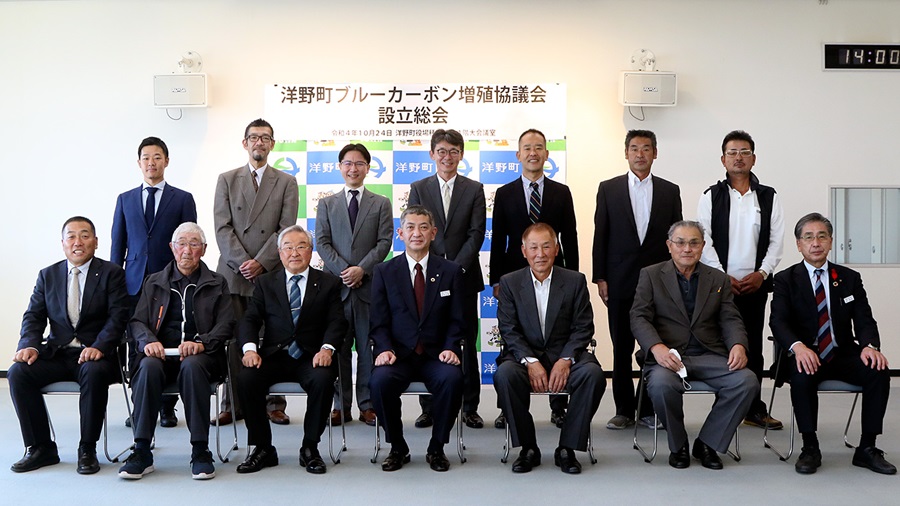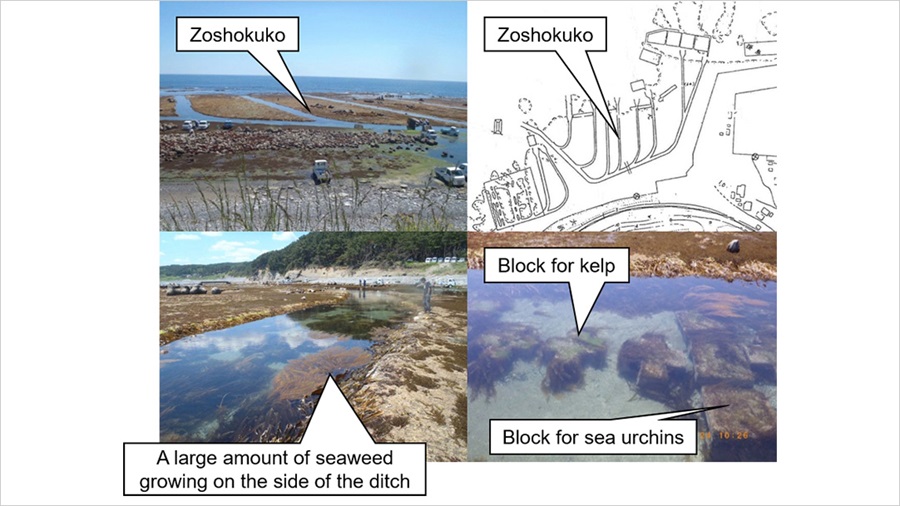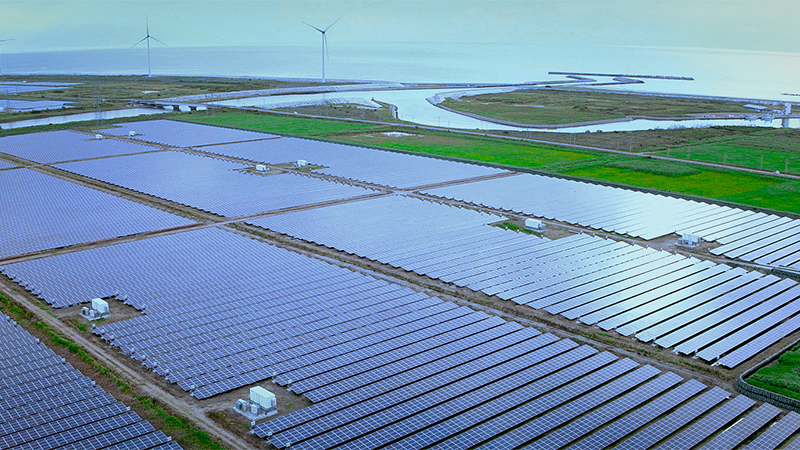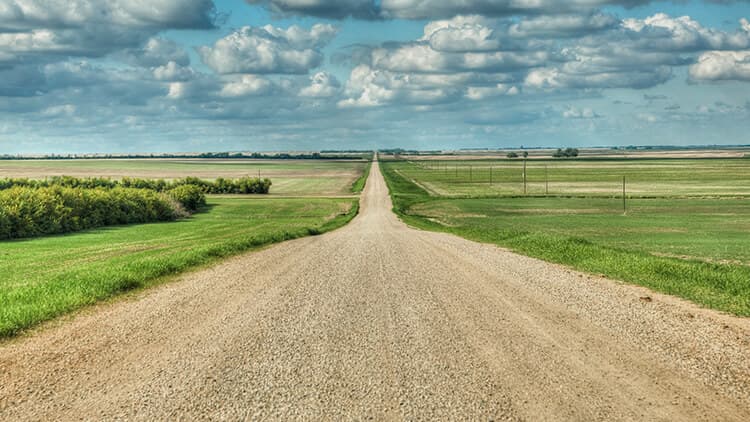Nov. 30, 2022
Sumitomo Corporation
Sumitomo Corporation Tohoku Co., Ltd.
Developing Blue Economy Projects by Promoting the Use of a New CO2 Sink Acquisition of J Blue Credit® for the largest ever amount of CO2 in Hirono Town, Iwate Prefecture
Sumitomo Corporation Group, aiming for carbon neutrality by 2050, is working to reduce CO2 emissions from its business activities and focusing on establishing a business that will support a sustainable energy cycle in society. As part of this effort, the Group is fostering measures for CO2 absorption and fixation, and for the effective use of fixated CO2 to mitigate climate change. To this end, the Group has launched the blue carbon project, which is garnering increasing attention as a means to promote the use of a new CO2 sink.
Acquisition of J Blue Credit® for the largest ever amount of CO2
Sumitomo Corporation and Sumitomo Corporation Tohoku as well as Insight Edge and Nileworks, which are also Sumitomo Corporation Group companies, has been supporting Hirono Town, Iwate Prefecture in filing an application for J Blue Credit® (hereinafter, "the Credit") (*1) in a project to create and conserve seaweed beds by making use of a ditch called "Zoshokuko" in the Town. As a result, the Japan Blue Economy (JBE) Association (*2) granted the Credit to the Town in the amount of 3,106.5 t-CO2, which is the largest amount of CO2 for which the Association has given Credit since the trial launch of the J Blue Credit system in 2020. This project is also contributing to the promotion of the carbon offsetting (*3) initiative implemented by the Japanese government.
Going forward, Sumitomo Corporation and Sumitomo Corporation Tohoku will assist Hirono Town with the Credit sales activities by introducing the Town to its clients and affiliated companies. The Town and three local fisheries associations in it (Taneichi, Hironocho and Okonaihama Fisheries Associations) established a council for the Hirono Town blue carbon project to make effective use of the fund gained through the Credit sales to address climate change. Sumitomo Corporation and Sumitomo Corporation Tohoku joined this association as supporting members.

What is the blue economy/blue carbon?
The blue economy represents a concept to protect and make effective use of the bounty of the sea for the sustainable development of the environment, economy and the whole of society. For example, Hirono Town is promoting sustainable fishing by creating and conserving seaweed beds to protect the bounty of the local sea. Blue carbon is garnering much attention as one of the keys to promoting the blue economy. Blue carbon refers to carbon derived from the capture, isolation and storage of atmospheric CO2 via the functions provided by marine ecosystems, such as mangroves, seagrass/seaweed beds, and salt marshes. Along with green carbon derived from CO2 absorbed by forests on land, blue carbon is catching the public's eye as an additional means to mitigate climate change.
What is "Zoshokuko"?
Hirono Town is located at the northeastern end of Iwate Prefecture. About 50 years ago in this town, a ditch was dug on the bedrock that discontinuously lined over 20 km of coastline. Since then, the ditch has been utilized for sea urchin and abalone fishing. The ditch, called "Zoshokuko (literally "multiplication ditch)," extends over 17.5 km in total length, about 4 m in width and about 1 m in depth. Even at low tide, fresh seawater flows into the ditch via wave power, which provides large seaweed like wakame and kelp with a good living environment that protects them from drying out. Thanks to the use of Zoshokuko, high-quality plump sea urchins began to be harvested in Hirono Town. Moreover, seaweed grown in and around the ditch drifts away into the sea at high tide, thereby contributing to CO2 fixation on the seabed. By considering the outstanding CO2 fixation ability of wakame and kelp, Hirono Town is utilizing the ditch to create and conserve seaweed beds, which will help curb climate change.

Measures of Sumitomo Corporation Group
Sumitomo Corporation, Sumitomo Corporation Tohoku, Insight Edge and Nileworks, after considering the outstanding CO2 fixation ability of the seaweed beds in the ditch, has been helping Hirono Town acquire the Credit by measuring the seaweed bed area, calculating the amount of blue carbon and serving as a liaison between the Town and the JBE Association. In particular, for aerial photography of the seaweed beds, Nileworks made a great contribution with its advanced technologies in agricultural drones while Insight Edge contributed to image analysis with its leading-edge analysis technologies. As a result, the Town was highly rated in the certainty assessment carried out as part of the assessment process implemented for the granting the Credit. Going forward, as members of the aforementioned council, the four companies will continue to support Hirono Town in promoting its anti-climate change measures and will also make effective use of the technological insight gained through the Credit application and granting process for other blue economy projects to be implemented in and outside Japan, thereby contributing to the mitigation of climate change toward carbon neutrality.
- J Blue Credit: Voluntary credit (*4) issued and managed by the JBE Association according to the results of an assessment and certification process implemented by an independent third-party committee. The JBE Association is conducting R&D on institutional design for the assessment, granting and issuance of J Blue Credit® as new credit, aiming to speed up measures for climate change mitigation and adaptation by using blue carbon ecosystems as a CO2 sink in coastal areas as well as the sea.
- Japan Blue Economy (JBE) Association: This association was established in July 2020 and approved by the Minister of Land, Infrastructure, Transport and Tourism to conduct experiments and research on the blue economy, including quantitative evaluation, technological development and the introduction of a funding mechanism for the production of blue carbon by oceanic plants, thereby promoting anti-climate change measures in coastal areas.
- Carbon offsetting means that citizens, companies, NPOs/NGOs, local municipalities and national governments, as members of society, identify the amount of greenhouse gases they emit and make efforts to reduce them. They then pay for the reduction and absorption of greenhouse gases achieved elsewhere or implement projects and conduct activities to achieve such reduction and absorption elsewhere to entirely or partially offset their own emissions. (According to the definition of carbon offsetting by the Ministry of the Environment)
- Voluntary credit: Carbon credit provided based on companies' voluntary efforts; it is not necessarily regulated or institutionalized by national or local governments



